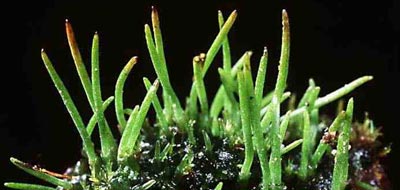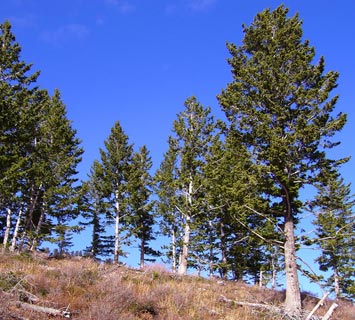Plant Kingdom
Plant classification

There are basically two types of living things. There are plants and there are animals. These two are grouped into kingdoms: The plant kingdom, and the Animal Kingdom.
The plant kingdom is an extraordinarily diverse and longlived group that makes the life of animals, fungi, and other organisms possible. Within the plant kingdom, there are thousands and thousands of different kinds of plants, more than 250,000 species to take a guess.
This diversity has influenced plants to be divided into two main groups, the Bryata (Bryophytes) and the Tracheata (Tracheophytes).
Bryophytes

Bryophytes are small, nonvascular plants that do not have specialized vessels for water transport. They first evolved approximately 500 million years ago. The earliest land plants were most likely bryophytes.
Bryophytes lack vascular tissue and have life cycles dominated by the gametophyte phase (see Plant Evolution).
The lack of conducting cells limits the size of the plants, generally keeping them under 5 inches high. Roots are absent in bryophytes, instead there are root-like structures known as rhizoids. They also reproduce without the use of seeds.
The group includes the hornworts, liverworts, and mosses.
Tracheophytes

Tracheophytes are vascular plants that has specialized vessels for water transport. They developed 400 million years ago. The earliest vascular plants had no roots, leaves, fruits, or flowers.
Vascular plants were the result of further adaptations that occurred due to the need for plants to transport food, water and minerals from areas of plenty or production to areas of need. Xylem tissue for transporting water and minerals, and phloem tissues for transporting food were developed (see How Plants Work?). Plants could also grow larger than before. They also became more rigid in order to grow upwards, so they could better compete for sunlight to be used in photosynthesis.
Vascular plants are divided into a further 2 groups which include Seed plants (plants which produce only spores) and Nonseed plants (plants which produce spores that develop seeds). The group includes ferns, conifers, and flowering plants.